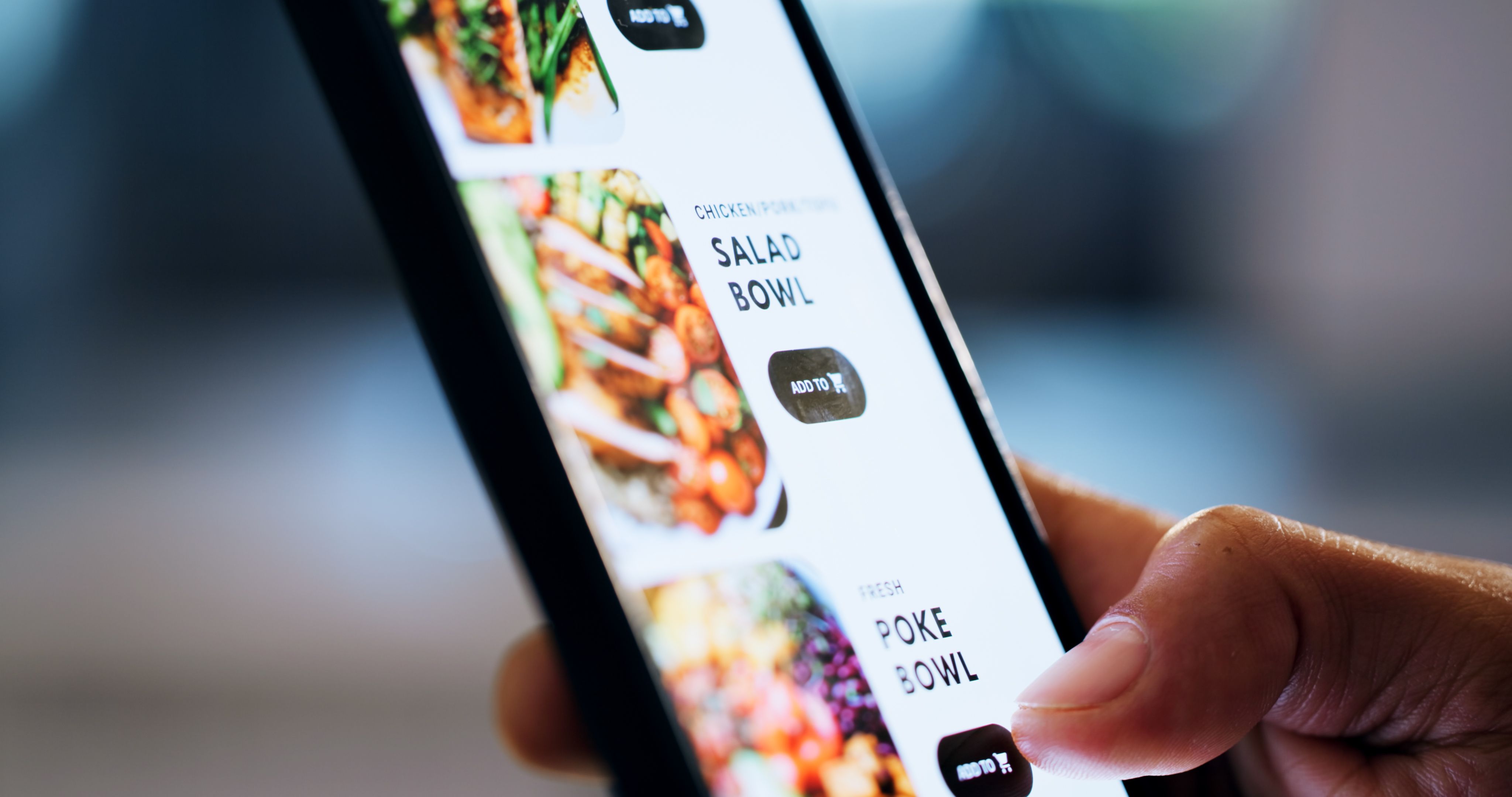Revolutionizing Dining: The Rise of Autonomous Food Delivery Robots
The Evolution of Food Delivery
The food delivery landscape has undergone a remarkable transformation in recent years, with technology playing a pivotal role in reshaping how we receive our meals. Among the most groundbreaking advancements is the emergence of autonomous food delivery robots. These robots are revolutionizing the dining experience by providing efficient, contactless delivery solutions that are both innovative and convenient.
How Autonomous Robots Work
Autonomous food delivery robots are equipped with advanced navigation systems, sensors, and AI technology that enable them to navigate complex urban landscapes safely. These robots can map out the most efficient delivery routes, avoid obstacles, and interact with traffic systems. Their capabilities allow them to deliver food quickly and reliably, with minimal human intervention.
Typically, these robots are designed with secure compartments that keep food hot or cold until it reaches the customer. Upon arrival, customers receive a notification and can unlock the compartment via a mobile app, ensuring that their food is delivered fresh and untouched.
Benefits of Robot Delivery
The rise of autonomous food delivery robots offers numerous benefits. Firstly, they provide a contactless delivery option, which has become increasingly important in today's health-conscious world. By reducing human contact, these robots help maintain safety and hygiene standards.

Secondly, these robots are highly efficient. They can operate around the clock without the need for breaks, ensuring faster delivery times. This efficiency not only enhances customer satisfaction but also helps businesses manage high demand more effectively.
Challenges and Considerations
Despite their advantages, the deployment of autonomous delivery robots is not without challenges. Cities must consider regulatory frameworks to ensure these robots operate safely alongside pedestrians and vehicles. Additionally, there are concerns about job displacement within the traditional delivery workforce.
Moreover, technical limitations such as battery life and the ability to navigate extreme weather conditions pose challenges that developers continue to address. Nonetheless, ongoing advancements in technology promise to overcome these hurdles.
The Future of Dining
The integration of autonomous food delivery robots into the dining industry is just the beginning. As technology continues to evolve, we can expect these robots to become even more sophisticated, offering enhanced services such as personalized meal recommendations and real-time tracking.
Restaurants and food delivery services are likely to increasingly adopt these robots to streamline operations and meet customer expectations for speed and convenience. As a result, autonomous delivery is set to become a standard feature of dining in the future.
Conclusion
The rise of autonomous food delivery robots is transforming how we experience dining. By offering efficient, contactless deliveries, these robots cater to modern consumer demands for convenience and safety. While challenges remain, the potential benefits make it an exciting development in the food industry that is poised to redefine our dining experiences.
